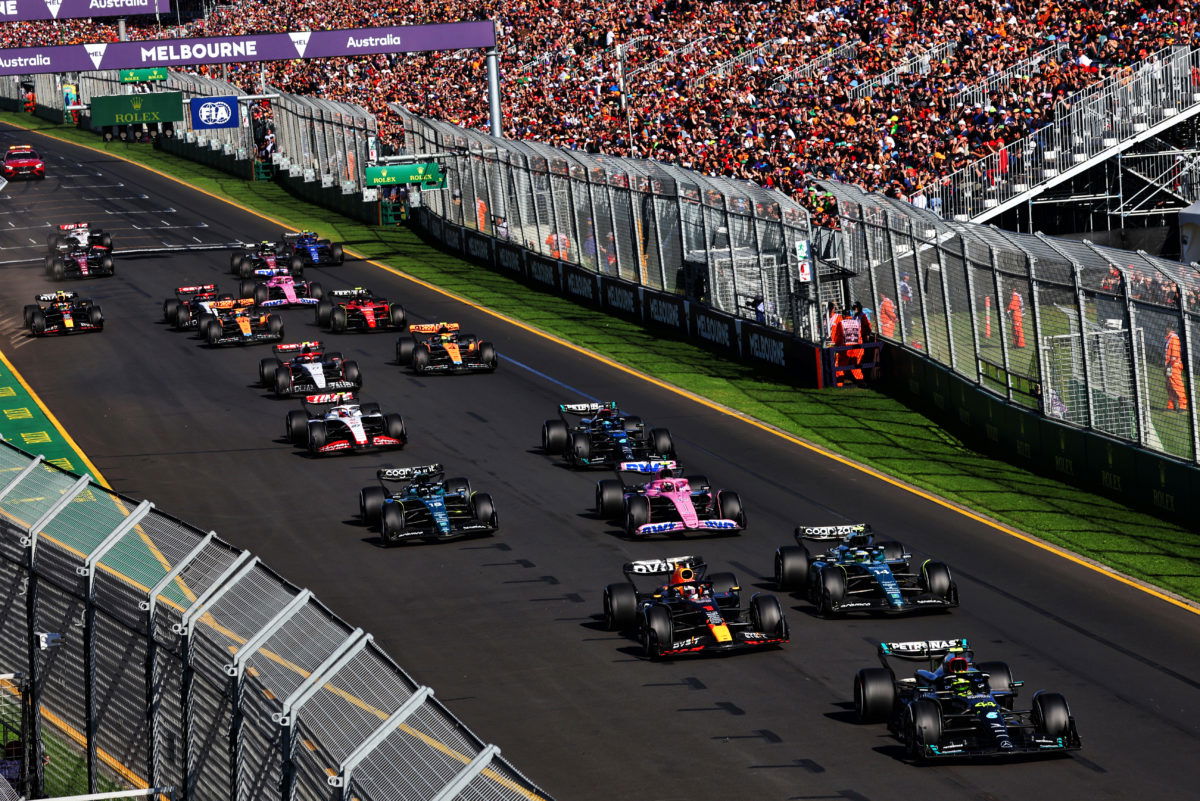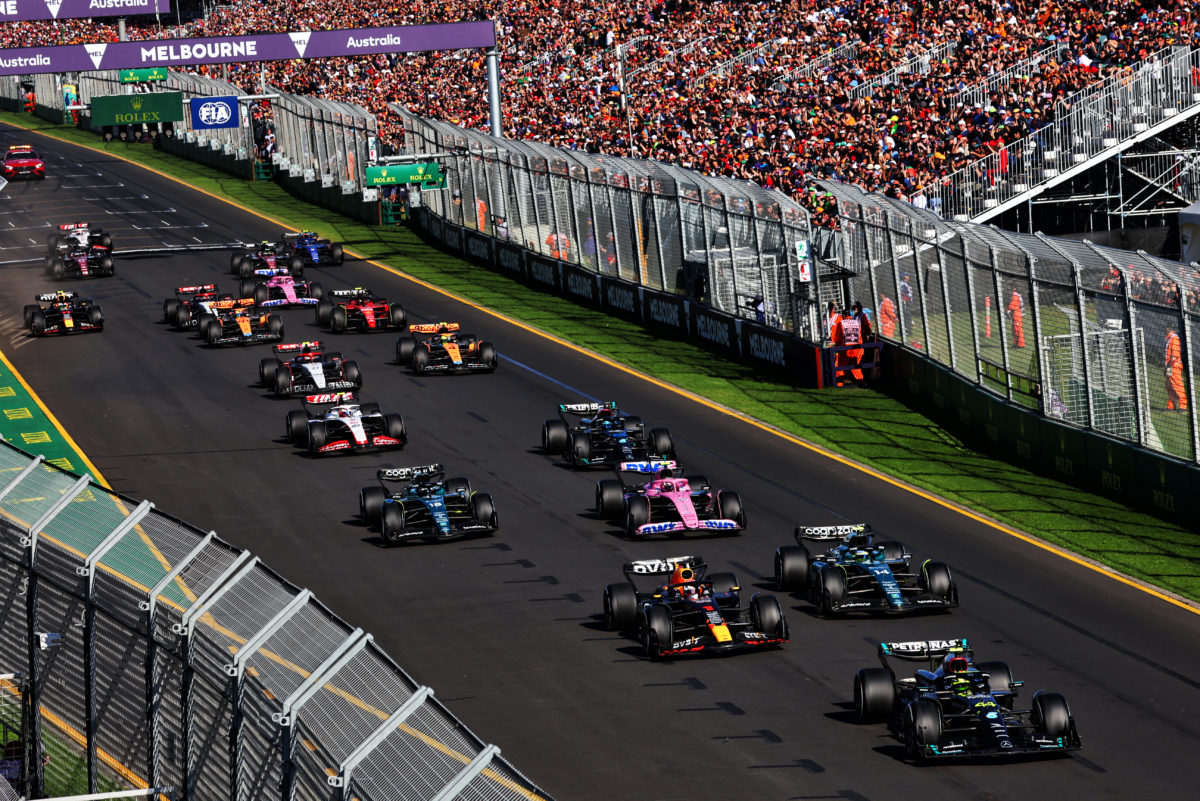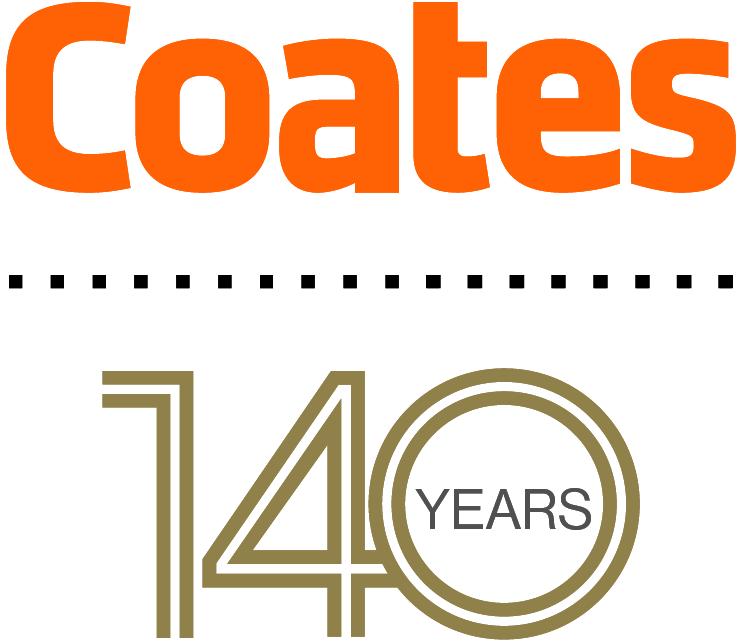

The post pandemic success of Formula 1 is a fact. Off the back of the Drive to Survive series, F1 has risen to new heights of popularity and awareness across the world.
And that’s wonderful if you’re involved in Formula 1 or are a casual fan in the way that much of the new fan base appears to be.
However, I’m not convinced that it’s all good news for the other categories of professional motorsport, including at a national level. F1 is sucking some of the oxygen out of the room and Supercars, amongst others, needs to be highly aware of this.
If we roll the clock back 50 years or so, F1 wasn’t in the same position it is today as representing the clear pinnacle of motorsport. It vied with the World Sportscar Championship for that position. In 1970, F1 had 13 rounds which were all in Europe or North America with the exception of the South African race, whilst the WSC had 10 rounds which also ran across Europe and North America.
Major Sportscar events were every bit as big as most Formula 1 races back then.
Neither championship had the benefit of regular, well-produced television coverage in those days of course, and were therefore almost totally reliant on good event attendances to finance the sport and to justify investments by sponsors, such as they were.
But, as has been well documented over the years by journalists far more able than I, the new era of Formula 1, led by B Ecclestone, was about to take off in the 1970s. It wasn’t a coincidence that this eventually led to the demise of the WSC in 1993. F1 had become a juggernaut, particularly in Europe, that the manufacturers and promoters simply couldn’t ignore.
It wasn’t until 2012 that the WSC was able to return and cut itself out a new niche in the market that represented no threat to F1 by this time, such had been F1’s growth over the preceding 20 years. And whilst the Sportscar scene looks very strong at the moment, even in that decade since the revival of the Championship, it has had significant ups and downs.
It was very evident in the UK and in Europe that, as F1 got stronger and stronger in the late 1990s and into the 21st century, money was increasingly drawn out of the top tier of professional national motorsport. So, categories such as DTM and the BTCC in Germany and the UK respectively, saw declining manufacturer and sponsorship budgets whilst mainstream media that used to report on these series now ignored them as they increased their F1 coverage.
Countries such as France, Italy and Spain that all had well supported national touring car championships saw these drop away, and today they all lack a Supercars type, well sponsored, professional national category.
And now that the F1 steamroller is fast becoming far more truly international and much less Euro centric, I believe that we’re seeing a pivot away from mainstream interest in professional national motorsports in non-Euro countries in the same way. It follows that the dollars being invested into those non F1 categories will potentially also fall away in time.
Given the huge upturn in F1 interest in the USA, some people will say that “a rising tide floats all boats” and that motorsports at all levels will benefit. I don’t agree. Sure, pay to play GT racing will probably benefit, as will club racing as well as staircase formulae but these are almost totally user funded.
However, NASCAR and IndyCar will, I suspect, see a downturn in dollars being invested either directly or indirectly. For instance, hospitality dollars being diverted to North American F1 events rather than an IndyCar race weekend is highly likely to happen.
Supercars here in Australia, as the BTCC equivalent in the UK has done, can survive this onslaught of F1 centric media attention (even the ABC seems to have fallen in love with F1!), but only by being very smart.
We’re very fortunate to have the jewel in the crown with the Bathurst 1000 that has the capacity to carry the rest of the Supercar series through any tough times. It will need to be nurtured carefully and respectfully and the continued development of it into an even bigger camping event, as per the Nurburgring 24hr, Le Mans 24hr and the Sebring 12hr for instance, with all the side shows and razzmatazz that form part of these other race weeks, is a must.
Note that I said, “race week”, not weekend. Whilst the track action might not start until the Thursday, the off-track action should be rolling out from Tuesday. Why not have old-fashioned scrutineering in the heart of the town, Le Mans style, on the Tuesday for instance?
Then, away from Bathurst, Supercars simply must get back to the very heartland circuits of the fan base as a matter of urgency. Fish where the fish are and play in front of those core audiences that will continue to support Supercars, I believe, if Supercars supports them. You know the venues I mean.
We’ve also got some great street races that are the envy of other national categories around the world. But they need love and attention continually from the likes of, dare I say it, Peter Adderton, as per the Gold Coast last year, to promote the hell out of them and ensure that they are events not just races.
Personally, I’d put PA and Brett Murray (founder of Speedcafe) in charge of spruiking all the street races. The sport can’t rely on a post pandemic bounce forever.
Whilst it’s imperative that Supercars remains as part of the Australian Grand Prix support package (and I hear the signs are good on this front) for all the reasons that I’ve previously written about, it’s also vital, in my opinion, not to try to emulate F1.
Seeing off the onslaught of F1 media attention and keeping the premier Australian motorsport category alive and healthy is not about trying to make a Supercars version of Drive to Survive (as MotoGP has discovered to its cost).
It’s about returning to racing 14 or 15 times per season so that the sport doesn’t disappear off the radar whilst also making it worth the teams’ while to do so.
And it’s about playing to Supercars’ many unique strengths plus not forgetting the core audience and remembering that the fan base doesn’t, for the most part, live in the CBDs of the major cities. Drive five kilometres out of latte land and then engage with them.
Full disclosure: I live fairly close to the CBD of Brisbane but I’m the exception that proves the rule!























Discussion about this post